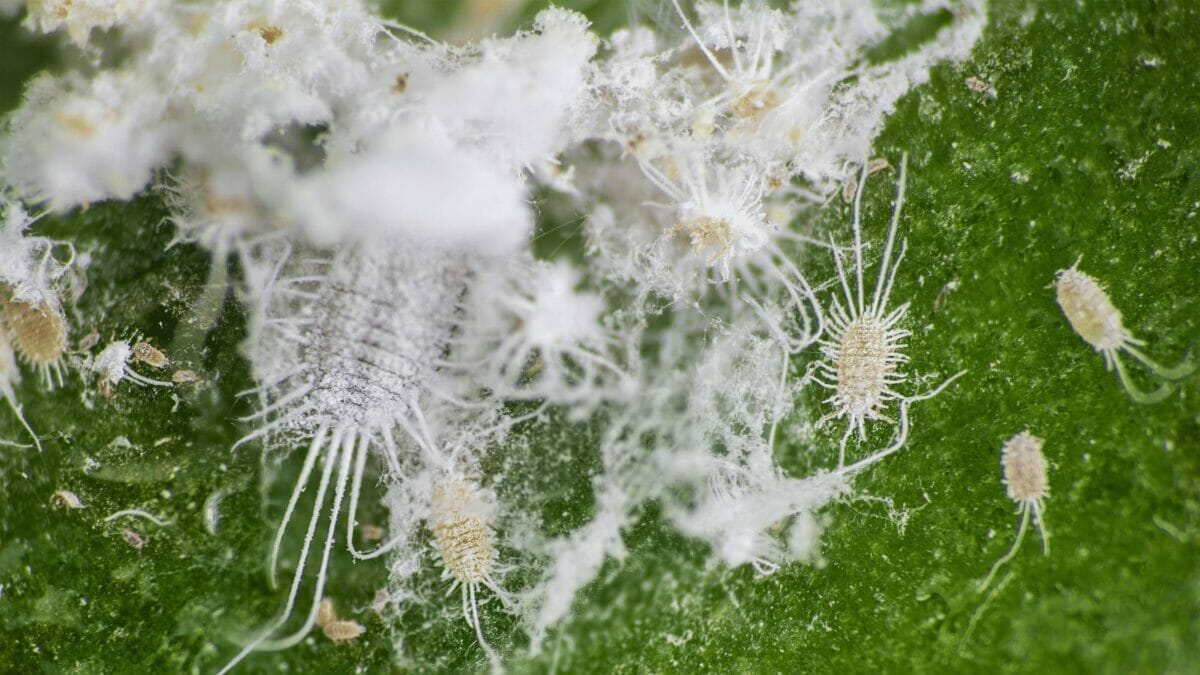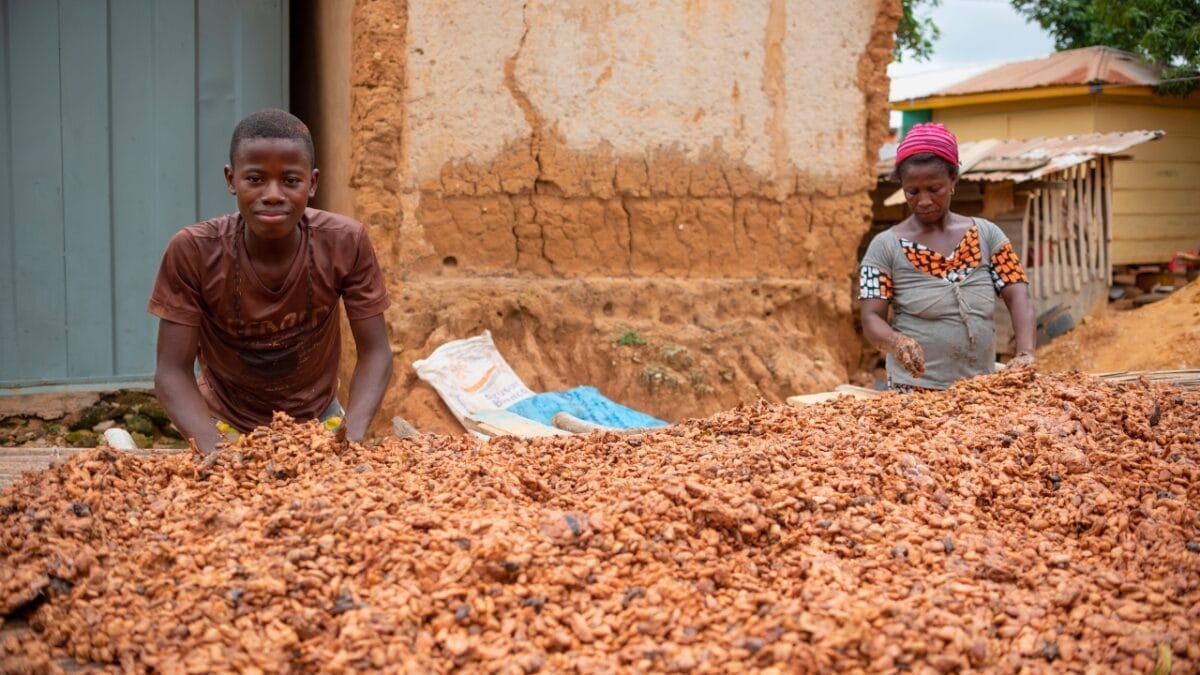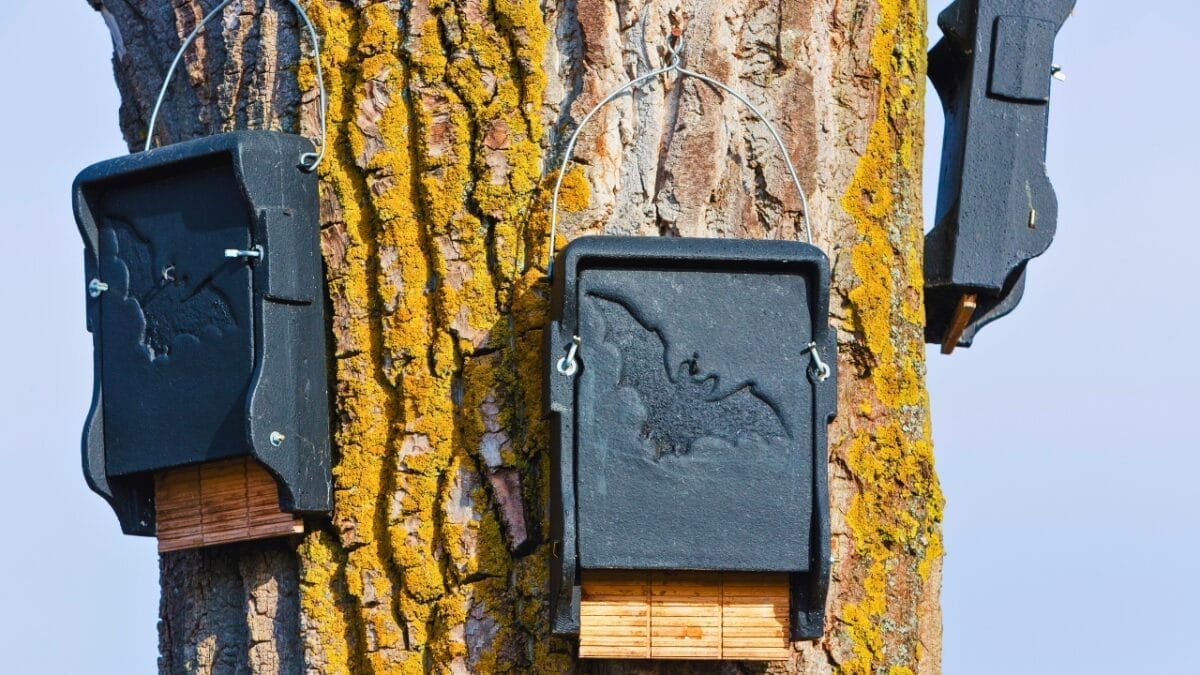Chocolate lovers around the globe may soon face a bitter reality as a devastating virus ravages the world’s cacao trees, threatening the future of everyone’s favorite sweet treat.
The cacao swollen shoot virus disease (CSSVD) is wreaking havoc on cacao plantations in West Africa, the region responsible for producing about 70% of the world’s cocoa. This deadly disease has already destroyed over 300 million cacao trees ¹, leading to annual losses estimated at $100 million.
A Tiny Insect, a Massive Problem

At the heart of this crisis are small, sap-sucking insects called mealybugs. These tiny pests are the primary vectors of CSSVD, transmitting the virus from infected trees to healthy ones as they feed on the leaves, buds, and flowers of cacao plants.
The virus causes a range of debilitating symptoms, including red vein banding, leaf chlorosis, stem and root swelling, and pod deformation. Infected trees typically die within a few years, leading to significant yield losses of 15-50% in affected areas.
A Century-Old Battle
CSSVD was first discovered in Ghana in 1936 ², and despite decades of research and control efforts, the disease continues to spread at an alarming rate. Conventional methods like cutting out infected trees, breeding resistant varieties, and using barrier crops have had limited success in containing the virus.
Over the years, millions of cacao trees have been destroyed in attempts to control the disease, but these efforts have often faced challenges such as farmer resistance and inconsistent policy implementation.
The Human Cost of a Chocolate Crisis

The impact of CSSVD extends far beyond the cacao trees themselves. The livelihoods of cocoa farming families in Ghana alone are at risk as the disease decimates their crops ³. Many farmers cannot afford the high costs of controlling CSSVD and are forced to abandon cocoa farming altogether, often resorting to selling their land to illegal gold miners.
The socioeconomic consequences are severe, with affected households experiencing reduced access to education, healthcare, and other basic necessities.
Innovative Solutions on the Horizon
As the battle against CSSVD intensifies, researchers are exploring new strategies to combat the disease. Mathematical modeling is being used to understand disease dynamics and optimize control measures, such as determining the ideal spacing between vaccinated and unvaccinated trees.
Rapid diagnostic kits are being developed to detect the virus in asymptomatic plants, enabling early intervention. Scientists are also investigating the potential of biopesticides, like azadirachtin, as an alternative to chemical controls.
A Call to Action
The cacao swollen shoot virus disease poses an unprecedented threat to the global chocolate supply, with far-reaching consequences for farmers, the cocoa industry, and consumers worldwide. Addressing this complex challenge will require a concerted effort from all stakeholders, including researchers, governments, farmers, and the private sector. Increased investment in research, improved extension services, and farmer support programs are crucial to developing and implementing effective solutions.
As the world watches anxiously, the race is on to save our beloved chocolate from the clutches of this devastating virus.
Read Next

Previous studies have suggested that bats do not consume enough mosquitoes to make a significant impact, and that these flying mammals prefer other insects over the pesky bloodsuckers.
However, a study from the University of Wisconsin-Madison is challenging these assumptions, providing new evidence that bats may indeed be the mosquito-devouring heroes we’ve been looking for.
- Don’t Miss: Bat Houses Could Be the Mosquito Solution You Never Knew You Needed, According to Researchers
Sources
- confectionerynews.com/Article/2024/03/08/Disease-climate-change-and-industry-indifference-at-root-of-threat-to-cocoa-supplies
- ncbi.nlm.nih.gov/pmc/articles/PMC8775274/
- forestsnews.cifor.org/84344/study-cocoa-disease-devastates-cote-divoire-livelihoods-but-hope-remains?fnl=
Davin is a jack-of-all-trades but has professional training and experience in various home and garden subjects. He leans on other experts when needed and edits and fact-checks all articles.

